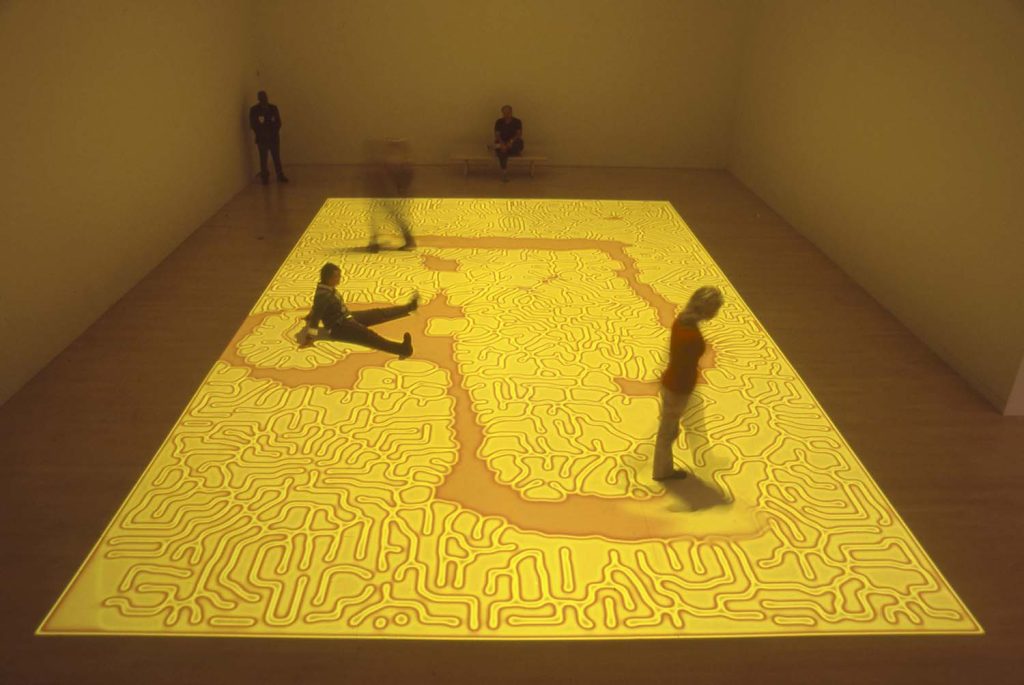Power of Culture Blog
Testifying to Broaden Cultural Facilities Fund’s Eligibility
Working to ensure municipal and tribal cultural facilities can access funding
Erik Holmgren, Manager of Advancement and Strategic Partnerships

For years the arts community has advocated for the inclusion of the arts in the investments made around STEM (Science, Technology, Engineering, and Mathematics) education. While there is a significant amount of data that supports arts learning as having impacts across STEM disciplines and more broadly in a student’s life, less work has been done to connect the arts — and the creativity it develops — to some of the biggest economic drivers in our economy. These are drivers that exist upstream and are major players in the Massachusetts economy.
Mass Cultural Council is dedicated to working across the Commonwealth to leverage the incredible arts sector to create new opportunities for our field. In the case of STEM to STEAM, we believe that creativity goes beyond being just about culture — it also has dramatic impacts in workforce development and drives the innovation economy forward. It fuels industries, sparks innovation, and strengthens education. That’s why Mass Cultural Council is advocating for the addition of “A” for “Arts” in STEM, transforming it into STEAM.
According to the U.S. Bureau of Economic Analysis, in 2023 the arts and culture sector in Massachusetts contributed:
This economic output surpasses sectors like construction, utilities, and manufacturing — and rivals the retail industry in size. In addition, a recent study by Mass Cultural Council surfaced that there are roughly as many individual artists as there are workers in the biopharma industry.
Developing creativity is not a talent, it happens through practice and has an impact across all of the STEM disciplines. Including the arts in the curriculum is a proven strategy to boost overall academic achievement.
The World Economic Forum’s 2023 Future of Jobs Survey ranks creativity above analytical thinking as the most in-demand workforce skill.
Skills on the Rise

According to study after study, the business community agrees:
In a world increasingly powered by artificial intelligence (AI), the need for human creativity is growing, not shrinking. AI can process data at lightning speed — but it can’t ask the right questions, think laterally, make connections, or imagine new possibilities. That’s where people come in. With the growth of AI, there is a need for creativity to augment and supplement the technology and direct it toward problem solving.
“Creative decision-making will also most likely become core to a company’s competitiveness. Businesses where intelligence and expertise are the differentiating traits will have to pivot.” – Robert Capps, New York Times Magazine, June 17, 2025 (A.I. Might Take Your Job. Here Are 22 New Ones It Could Give You.)
To solidify this vision, Representative Mindy Domb has filed House Bill 561, which rebrands STEM as STEAM in Massachusetts law — adding “Arts” to the existing science, tech, engineering, and math framework. The bill:
Mass Cultural Council believes the arts are not optional — they are essential. They inspire, innovate, and ignite. Creativity is not a luxury or a supplement — it is the fuel that powers STEM innovation. Integrating the arts into STEM is not about adding aesthetics, it’s about enabling original thinking, resilient problem-solving, and human-centered design that drives the economy forward. By supporting STEAM, we’re investing in a stronger, more creative, and economically vibrant Massachusetts.
We are grateful to partner with Rep. Domb on H. 561, which allows us to continue this conversation on Beacon Hill, as well as our colleagues across state government and in the private sector working in these spaces.
This summer we presented on this topic to the Massachusetts STEM Advisory Council, on which the Agency serves, and look forward to continuing conversation.